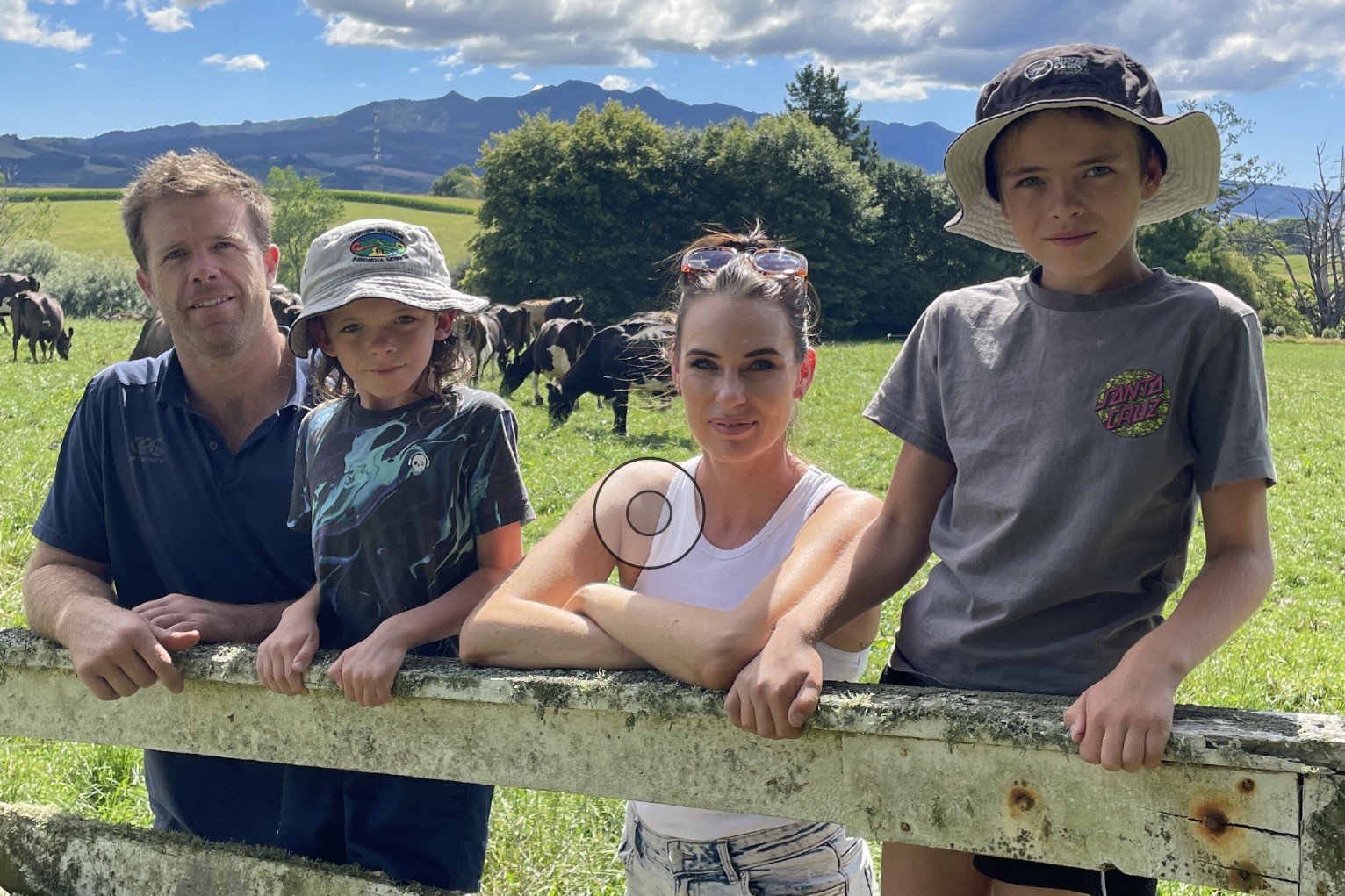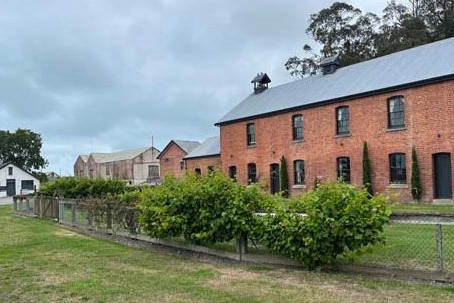On some farms, pasture renewal will be essential to get the farm back up and running, but on most, there are likely to be higher-level priorities, Bob Thomson writes.
UNDERUTILISATION OF PASTURE already grown is quite possibly the single biggest lost opportunity on beef and sheep farms.
Farmers don’t fully appreciate the gravity of this fact until they model the farm’s biology and compare feed demand with feed supply.
Underlying the mismatches are stock policies, which may show great return per kilogram of drymatter eaten but fail to show how much high value winter feed is consumed.
In addition to poor feed demand and supply profile is lack of subdivision, also an underrated farm investment because the number of paddocks is also inextricably linked to pasture utilisation. The more paddocks you have the more management decisions you can apply and the more likely your stock will be able to eat what you’ve already grown and paid for.
Those of us who cut our teeth with farming back in the 1960s and 1970s will remember being drilled about how our highest priorities should be around the basics of subdivision, stock policy and super phosphate – the so-called three big Ss. As time went on the ‘S’ for super-phosphate was replaced with an ‘S’ for soil fertility.
There has been plenty of debate on which of the three big Ss should take priority, particularly when finances are limited, but most would agree there’s little point in growing more pasture if you can’t effectively utilise what you’re already growing. So soil fertility has often taken third place when finance is limiting, however in an ideal world the three big Ss should have equal priority. In a nutshell, well-managed old pastures are hard to beat, and this has not only been demonstrated on sheep and beef farms, but also holds true on dairy farms.
Pasture utilisation
If we were to take a 500-hectare sheep and beef farm with an average pasture production of seven tonnes DM a year and a typical pasture utilisation of 75%, and we increased pasture utilisation to 80% then we would increase pasture eaten by 350kg/ha per year. This increase in pasture utilisation would be realised whether the pasture was old or new, and at a nominal 15 cents gross margin return per kilogram of DM, would be worth $26,250/year without any additional expenditure.
If we were to take the same 500ha sheep and beef farm and applied a pasture renewal programme on 10% of the farm at a cost of $1000/ha we would have spent $50,000. Let’s assume that in the pasture renewal phase we increased pasture production from 7-10t DM and therefore increased overall pasture production by 150t or the equivalent of 300kg DM/ha/year over the whole farm.
Again assuming a 75% pasture utilisation and 15 cents return per kg/DM that would be worth $16,875/year and would take three-years to pay back. Had that investment been spent on a specialist pasture for a specialist purpose then that is an entirely different proposition – lucerne is a good example of that sort of opportunity.
However, if soil fertility was less than optimum and the $50,000 of capital investment was spent on raising Olsen-P then $50,000 spent on phosphate would relate to at least 20kg of elemental P/ha applied across the 500ha. As a consequence Olsen P may increase by about four units on most of our soils.
Each unit increase in Olsen P would likely raise pasture production by about 1% when Olsen P is less than optimum – but you’ll need to check these assumptions for your farm with your soils. If we assume that pasture production was 7t DM/ha that translates to an increase of 280kg DM/ha across the whole farm. Again at 75% pasture utilisation and 15 cents return per kg DM that would result in a $21,000 gross margin return across the whole farm and therefore would take two or three years for payback.
The increase from soil fertility would be achieved without disruption from re-grassing or loss of production as the new pasture aged and slowly reverted post-planting. On the other hand, provided the capital investment in soil fertility is supported with maintenance fertiliser, then soil fertility and therefore pasture production will be maintained at the higher production level.
Taking all things into account we can conclude that before we start spending money on new pasture we need to make sure we’ve got our priorities sorted. Sure, some of you will be able to take advantage of all the opportunities by improving pasture utilisation, increasing soil fertility, and embarking on a pasture renewal program with each contributing toward increased profit. But for most farmers there will be the process of setting priorities and accepting that well managed old pastures are very hard to beat.
On hill country sheep and beef farms we observe that farmers who do basic things really well are ‘picking the low-hanging fruit’ and enjoying the best returns from capital investment in farm improvement. That view is backed up with the benefit of hard-won farmer experience and hard-core benchmarking of farm production and profit.
Sticking to the basics
FIRST PRIORITY
Plan for more Subdivision:
- The most underrated farm improvement ‘weapon’
- Better utilise and enhance the pasture that you are already growing.
SECOND PRIORITY
Review Stock policies:
- Some stock classes are more profitable and better suited to your farm
- Get the right stock class on the right land
- Choose your source of genetics wisely; there are huge differences in profit.
THIRD PRIORITY
Raise Soil fertility:
- When you can utilise and manage what you’re already producing then increase soil fertility
Consider Seeds – the fourth priority
- Finally, when all else is sorted, maybe look to improve your pasture genetics.
The three Ss
SUBDIVISION (AND ASSOCIATED WATER RETICULATION)
- More paddocks provide more opportunity for you to better utilise your pasture and stock management skills.
- You will grow more pasture with more paddocks as rotational grazing principles will be able to be applied embracing ‘grass grows grass’.
STOCKING POLICY
- Getting the right stock class on the right land class
- Matching feed demand with feed supply
- The right stock policy with the best genetics
SOIL FERTILITY
- To grow more pasture you need higher soil fertility
- Getting the best ‘bang for your bucks’ by choosing the right fertiliser type.
Bob Thomson is an AgFirst consultant.





